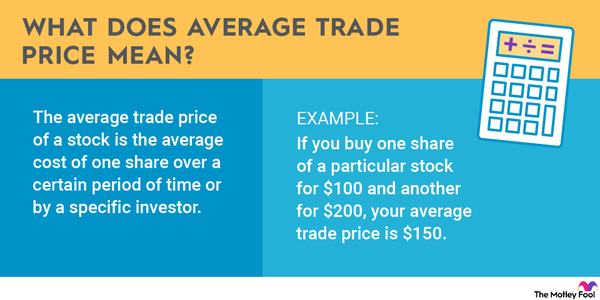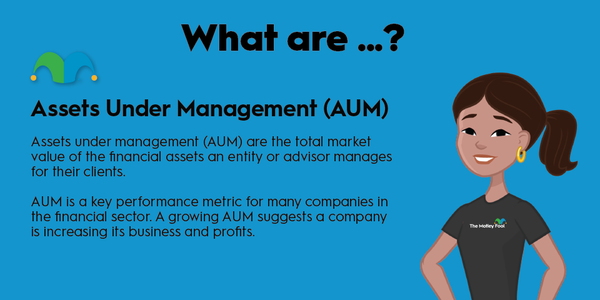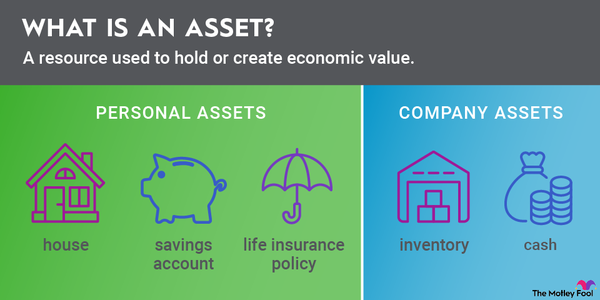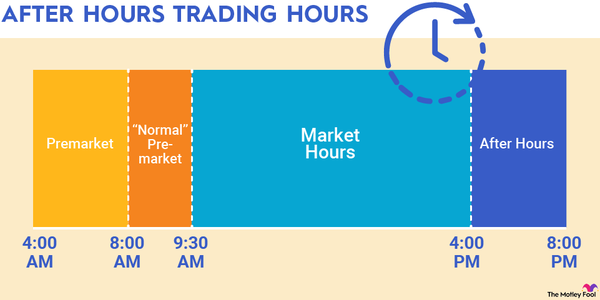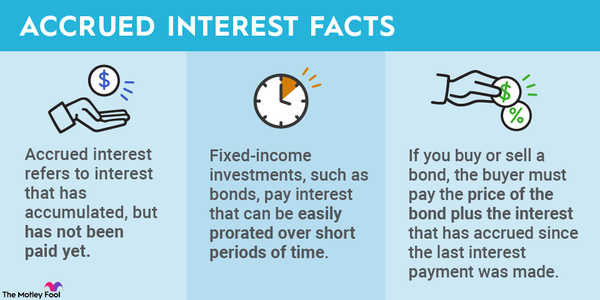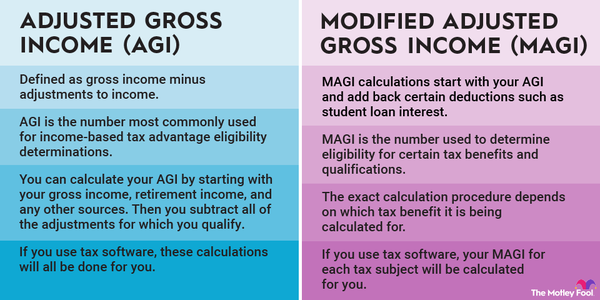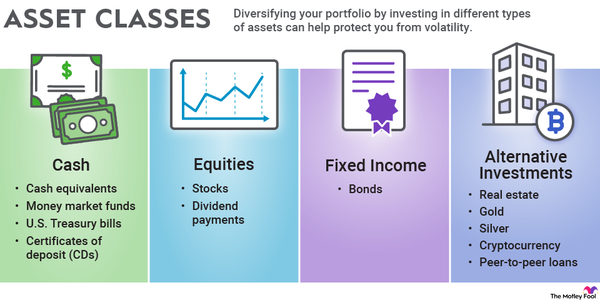Many types of businesses have special metrics you can use to evaluate their business model more deeply. For example, companies that have a lot of subscription activity may use annual recurring revenue (ARR). Read on to learn more about this metric and what it includes.

Overview
What is annual recurring revenue?
Annual recurring revenue is a type of revenue that is generated from subscriptions for either goods or services. The software product that you pay for monthly would have an ARR, and so would your service contract with your HVAC company. Annual recurring revenue applies to anything that you would pay periodically to use, provided that the period is regular and the use or service is consistent, based on your agreement with the company.
So, the regular servicing that you have for your HVAC system, which might include twice-yearly basic maintenance of your system, could be considered part of the HVAC company's ARR, but the full service that results from the maintenance turning up a serious problem would not.
Elements of ARR
Elements of annual recurring revenue
Annual recurring revenue can be further broken down into some pretty useful elements if you want to better understand where the revenue driving your stock's value is coming from. The most common ARR components you'll see are:
- ARR added from new customers. Annual recurring revenue from new customers is pretty obvious -- this is money that's added because someone new signs up. You want this to be a solid figure, but you can't grow indefinitely, so it can't be your only revenue source.
- ARR added from renewals. ARR from renewals is great. It means a company is doing well in delivering a product or service people like. Renewals drive a company forward.
- ARR added from upgrades. Offering your existing customers more and better services can lead to ARR from upgrades, and a company definitely should be trying to capture this. It's generally cheaper to sell something new to an existing customer than to capture a new customer.
- ARR lost from downgrades. Of course, there's also lost ARR that we have to consider. ARR lost from downgrades is pretty self-explanatory -- customers decided to buy less but didn't cancel their subscription entirely.
- ARR lost from churned customers. Churned customers are the worst way to lose ARR. These are customers who tried the product or service and then decided a subscription wasn't worth continuing. They are now generating no revenue.
Annual vs. monthly ARR
Annual recurring revenue vs. monthly recurring revenue
There's another similar metric about subscription revenue called monthly recurring revenue (MRR). The two sound very similar, but they're actually used in very different ways. The ARR is used to look at longer-term trends for companies with at least some subscription revenue, but the MRR looks at the short term.
If your business is seasonal, with subscriptions fluctuating throughout the year, ARR may tell the more accurate story of revenue trends. For companies with consistent revenue or that simply want to zoom in and look more closely at their data, MRR can paint a very good short-term picture. MRR can also be helpful to spot problems early if you look into the specific reasons for the change in the MRR along with the ARR.
Related investing topics
What ARR tells you
What annual recurring revenue can tell you
If you invest in a company that relies on subscription income, it's really important that you understand what's happening with that portion of revenue. Annual recurring revenue can show you if the subscription model is helping to build business, if the subscriptions were good at first but are now falling flat, or even if customers sign up and are immediately disappointed.
By evaluating ARR, you may be able to see where the subscription revenue is headed, provided nothing external changes in the next year (the world is unpredictable), and even how much of the market that may be captured by your company if you compare it to others in the industry.
ARR is much like other sources of revenue, just for companies that rely on subscriptions as a significant source of income. When choosing to invest in a new stock, it's vital to know where the income comes from, where it's going, and how it's changing over time.





